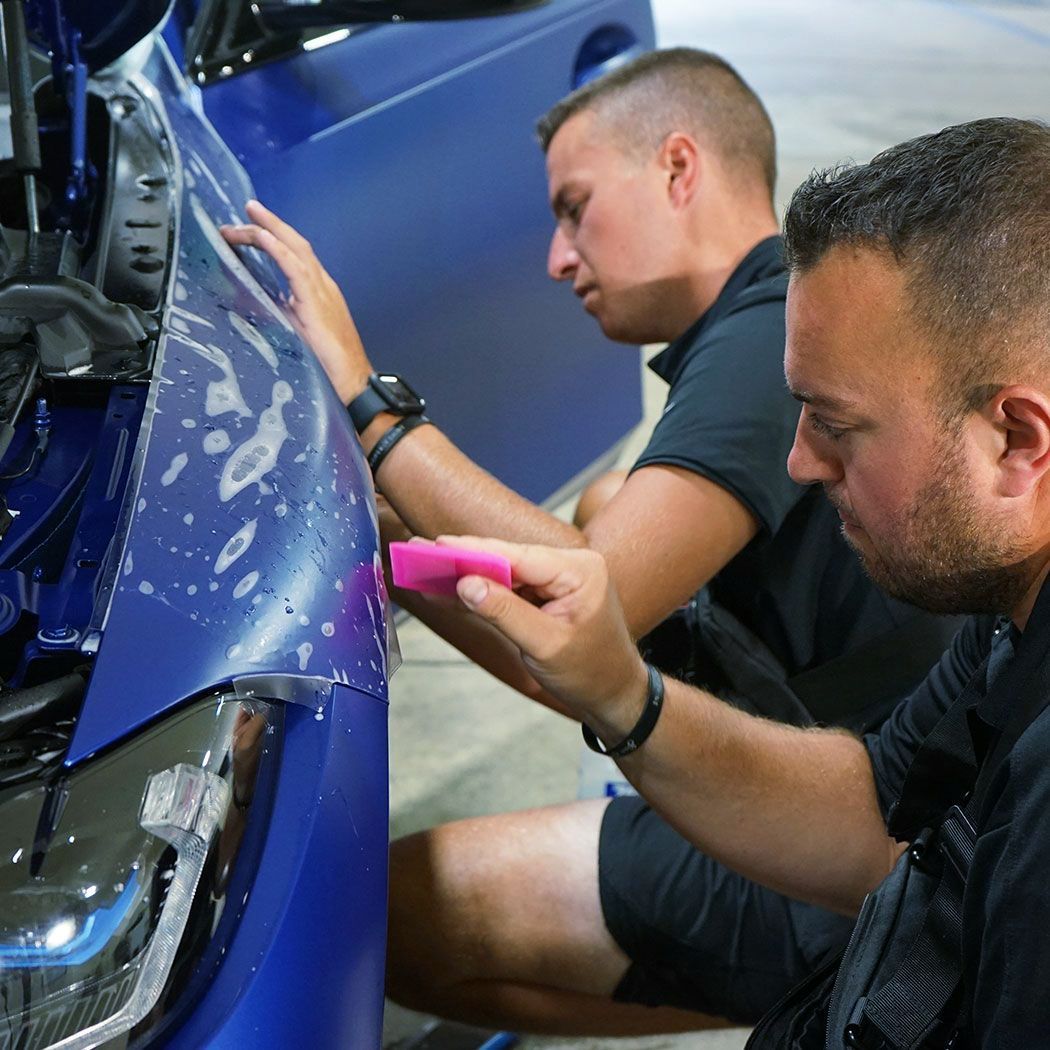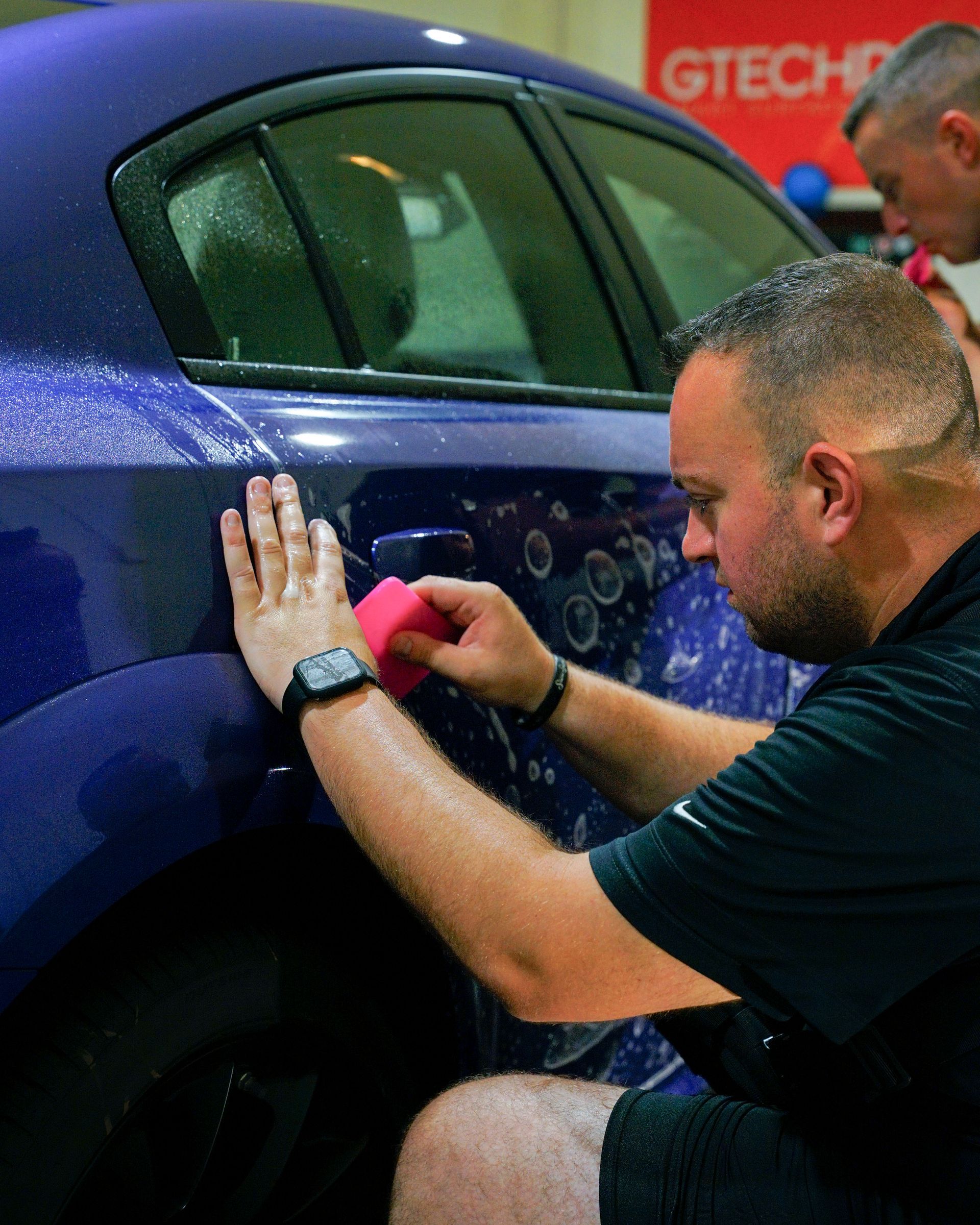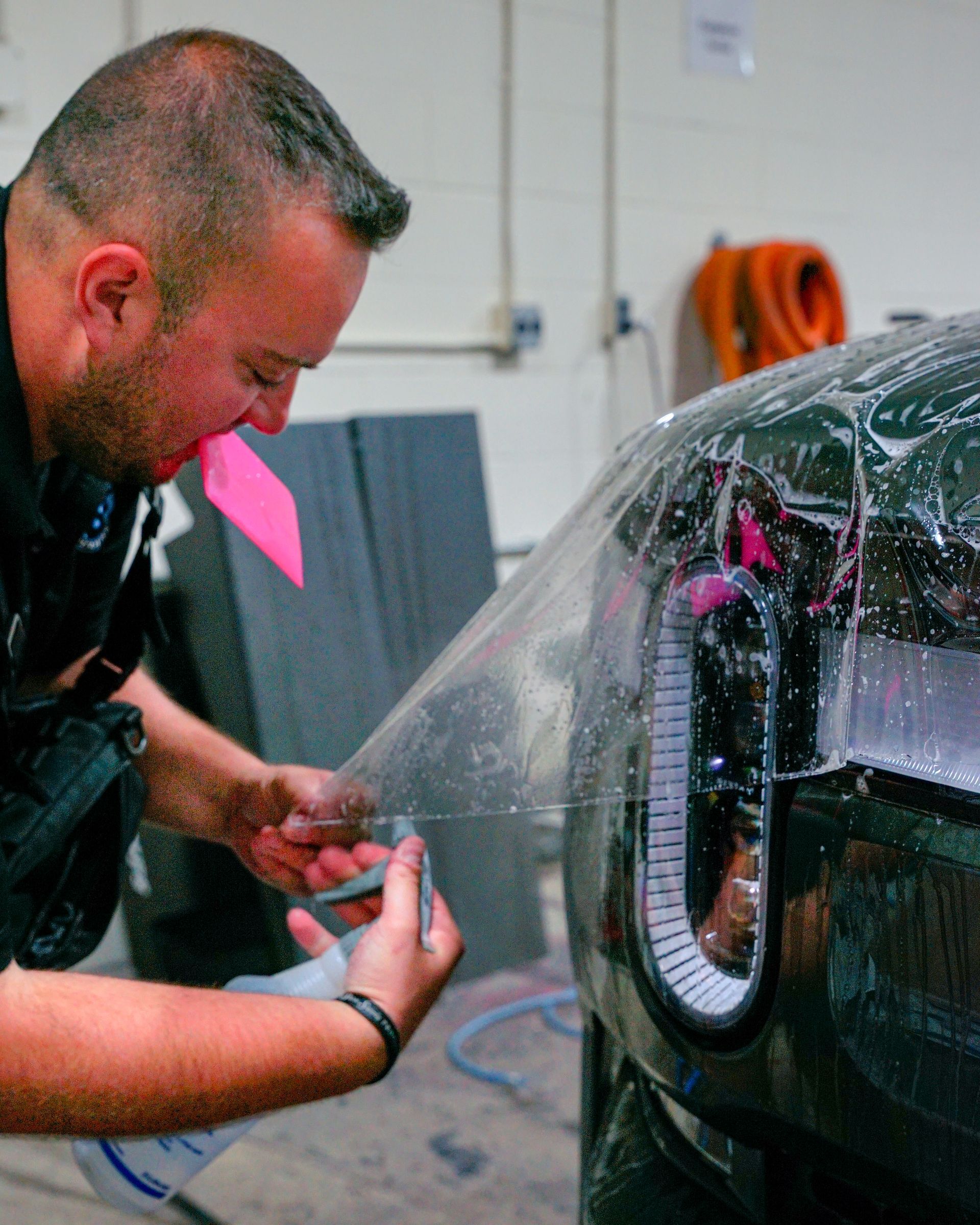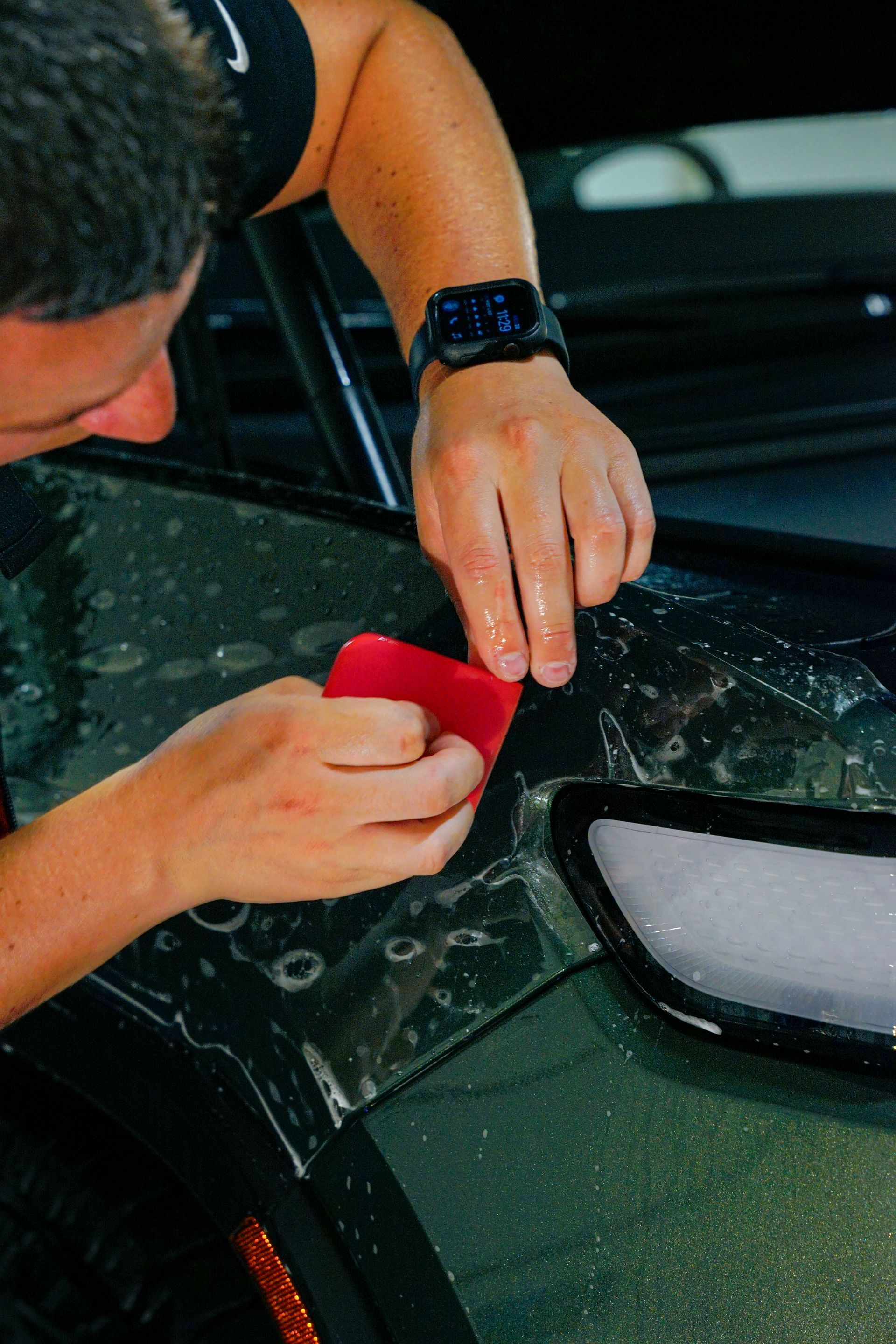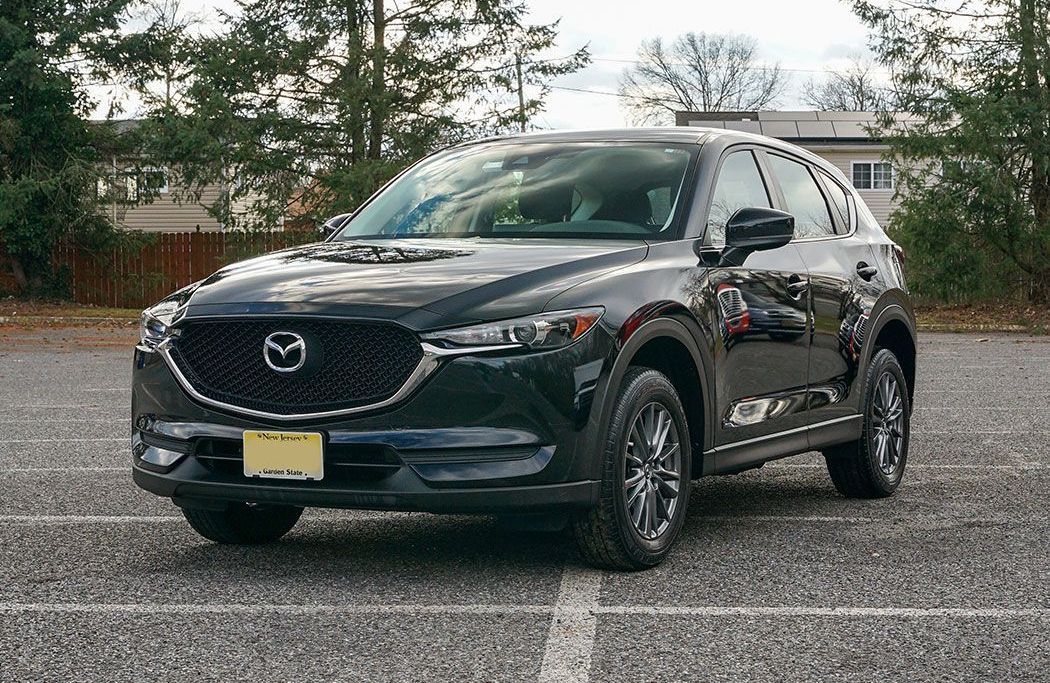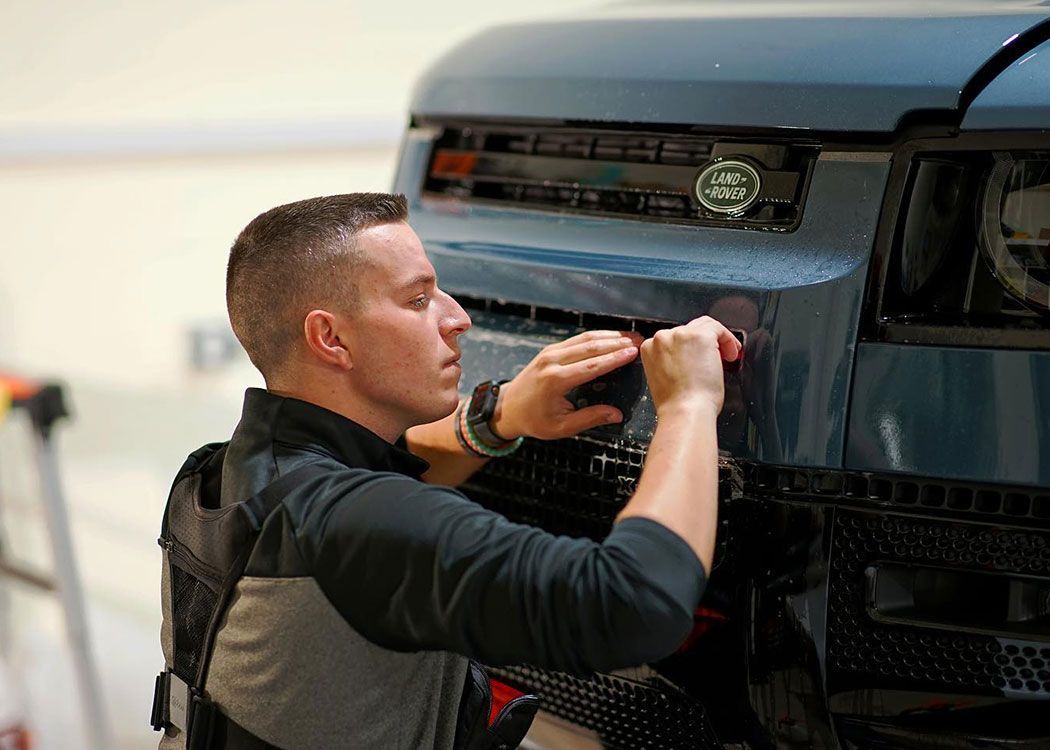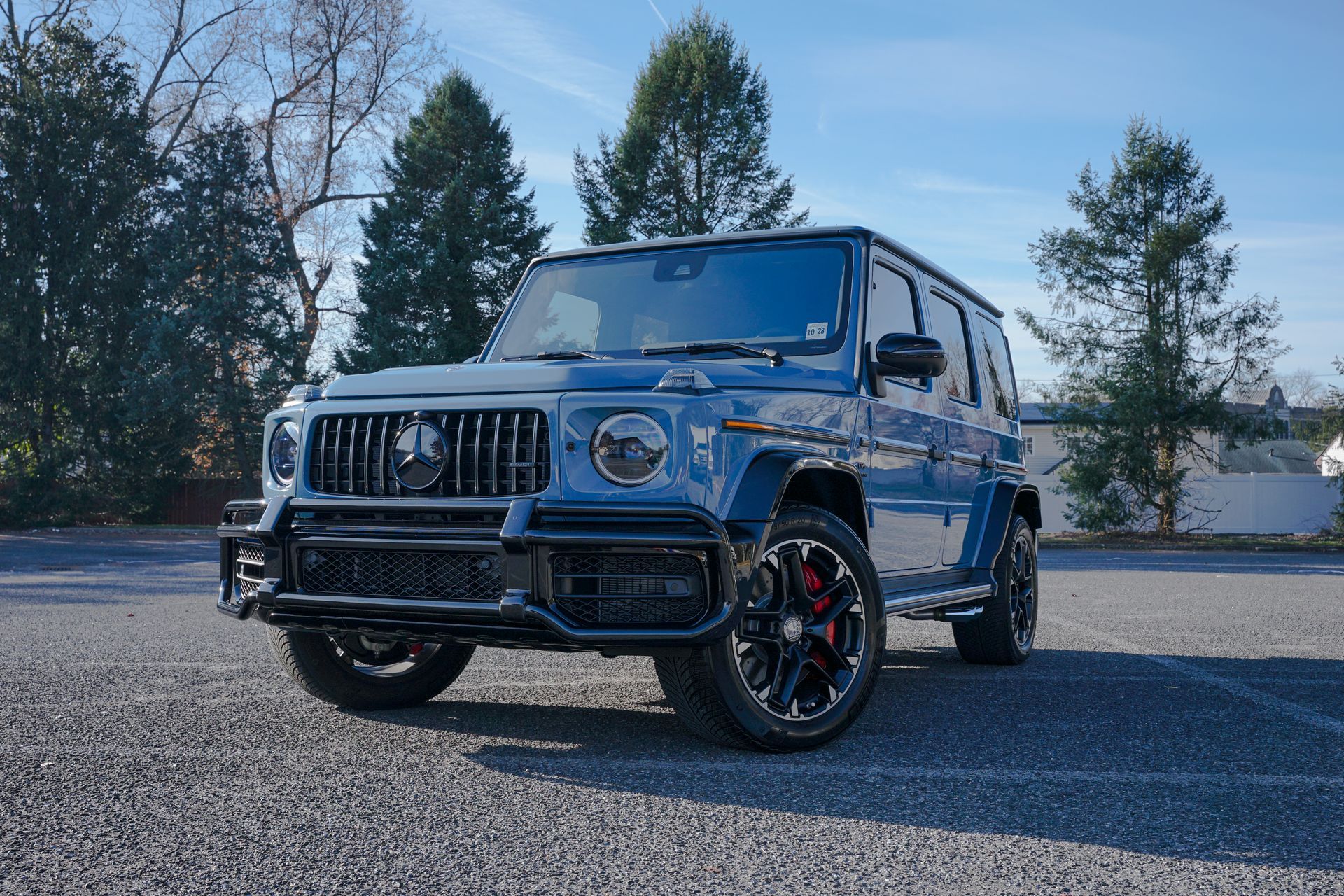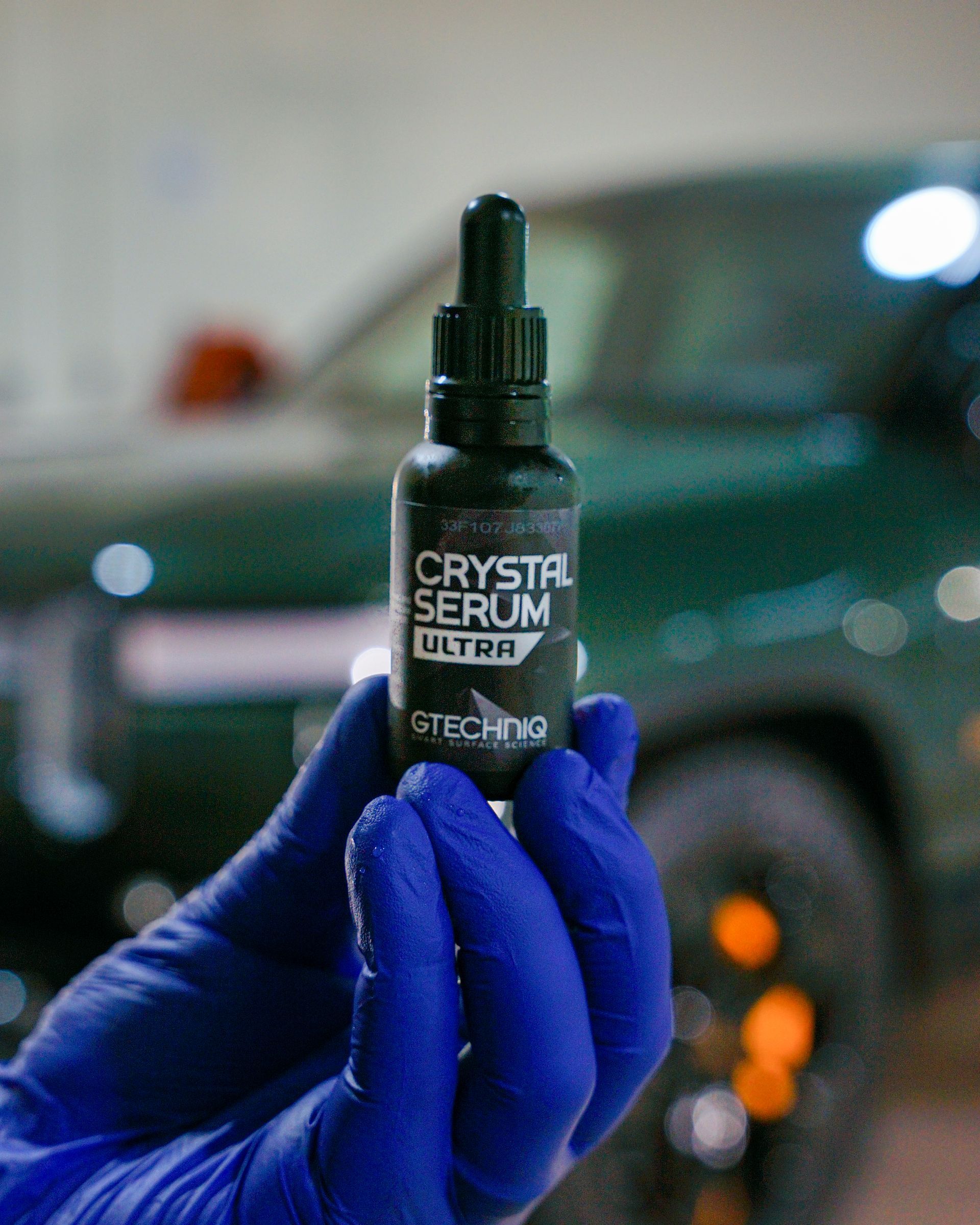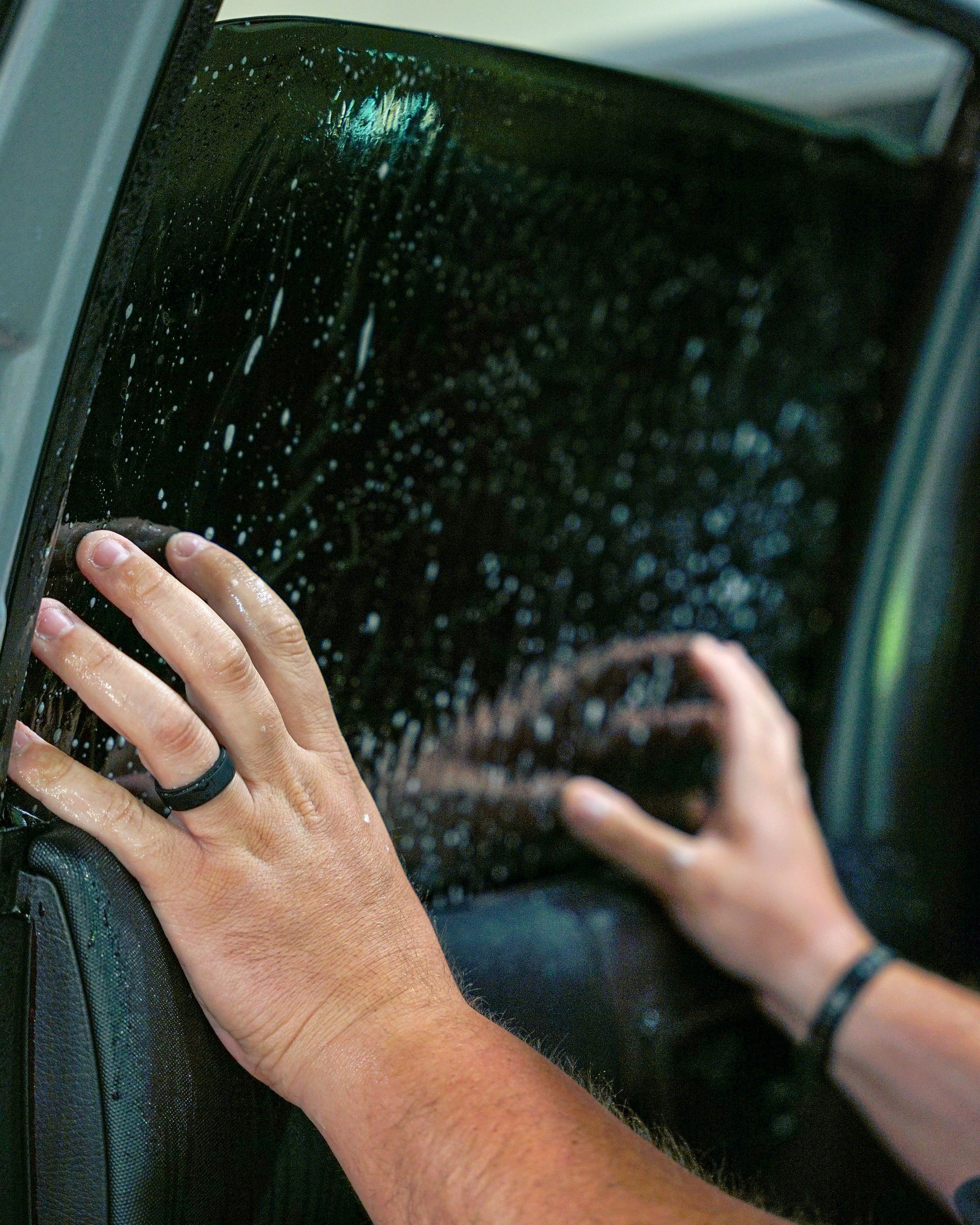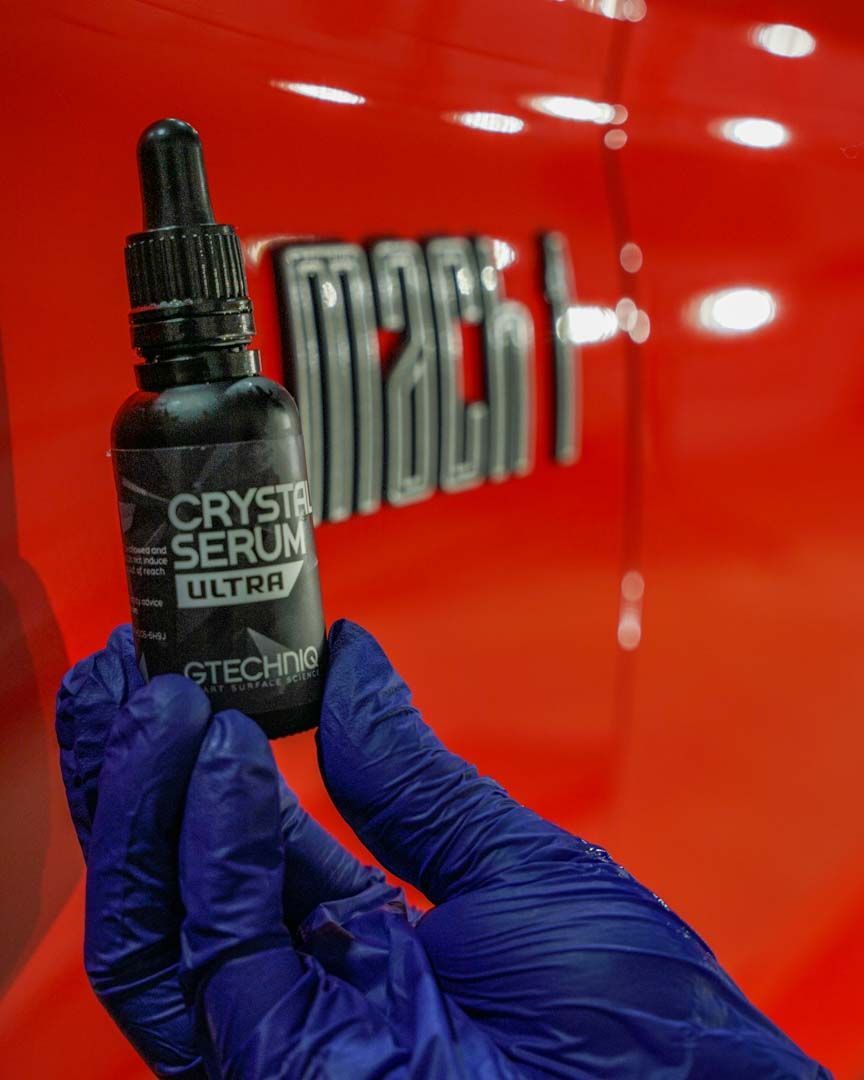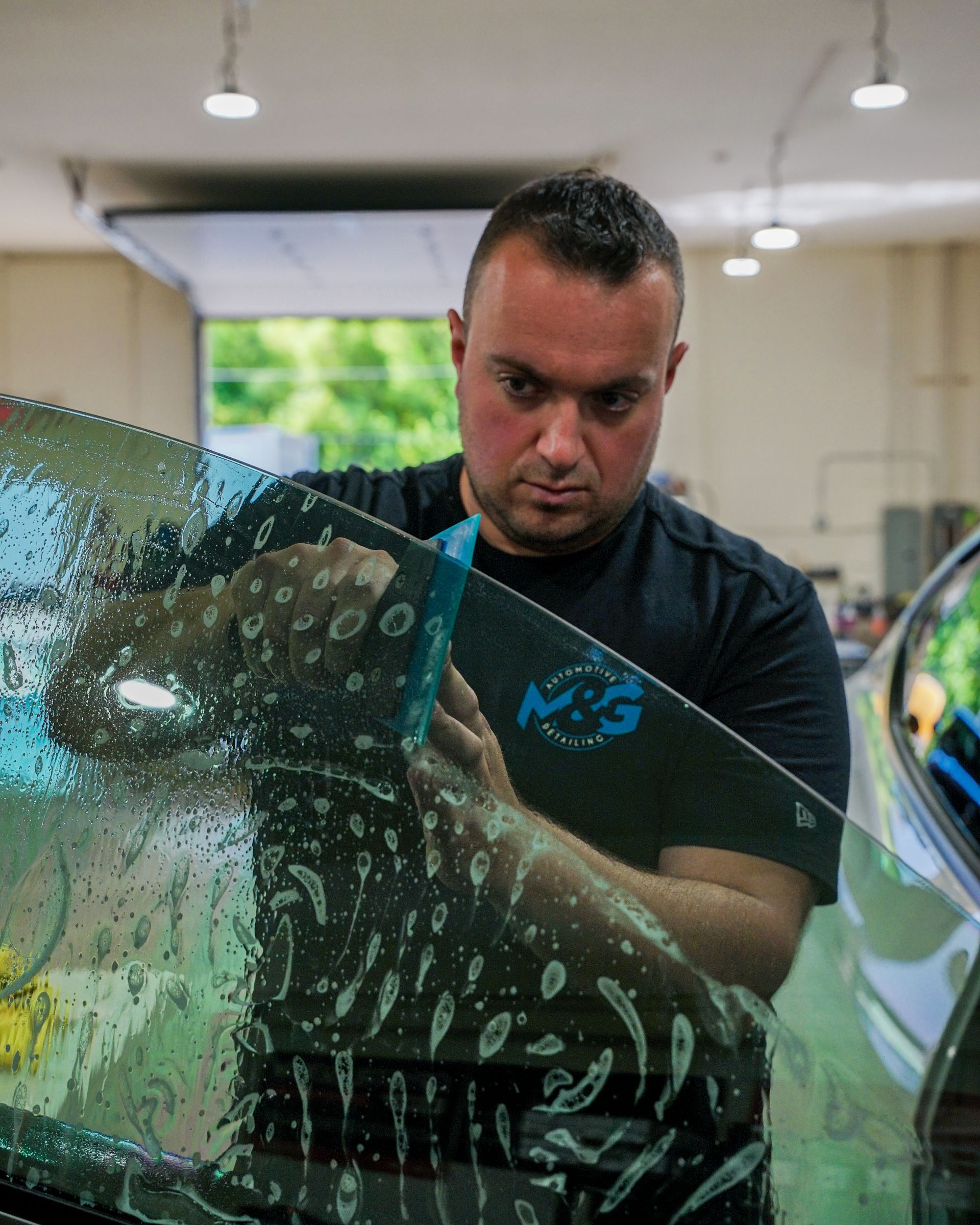Is Paint Protection Film Worth the Investment for Your Vehicle?
Indeed, paint protection film can be a worthwhile investment for your vehicle. It serves as a shield, protecting your car's paint from damage caused by minor scratches, rocks, and insects, much like an invisible armor. But here is where it gets more interesting: apart from mere protection, PPF also uplifts the look of your car, making it shine like new for longer.
Paint protection film is an invaluable safeguard against rock chips, scratches, and other exterior damage. Its protective properties help maintain the pristine look of your vehicle's paint, enhancing its resale value and reducing the need for frequent touch-ups.
Benefits and Drawbacks of Paint Protection Film
Paint protection film acts as an invisible shield, safeguarding your car's exterior from the perils it faces every day. From gravel flung by the wheels of the vehicle ahead to pesky insects clinging to your car, PPF offers a protective layer that keeps your car looking fresh and new. It's like giving your car a suit of armor to defend against damage, which not only maintains its pristine appearance but also enhances resale value.
One of the key advantages is that PPF provides a substantial level of protection against different forms of damage, such as rock chips, road debris, minor scratches, and bug splatter. The film’s self-healing properties help it absorb impacts and bounce back from light scratches, preserving the integrity of your car’s paint job. This makes it an ideal solution for those who want to maintain their vehicle's showroom-quality finish. However, the primary drawback that often comes up when considering PPF is the high initial cost of installation. It can be quite an investment upfront, with prices ranging from $2,000 to over $5,000 for a full-car installation without any seams. This is a significant expense that requires careful consideration, especially for daily drivers or those on a tighter budget.
In addition to its protective qualities, paint protection film can also enhance the overall aesthetic appeal of your car. The seamless application of the film ensures that it doesn’t alter the appearance of your vehicle while ensuring clarity and shine for years to come. It’s like having an invisible barrier that simultaneously contributes positively to your car's look. It's clear that while PPF offers significant benefits in terms of protection and aesthetics, the high initial cost can be a deterrent for some. But when you consider the long-term benefits and potential savings in maintenance and repair costs, it becomes evident why many car owners opt for this protective solution.
PPF Protection: Scratches, Rocks, and Swirls
Paint protection film acts as a superhero shield for your car's paintwork. It creates a barrier between your car's surface and potential scratches, chips, or swirls.
Defense Against Scratches and Impacts
Picture yourself driving down a tree-lined avenue with branches swaying in the wind. These innocent-looking tree limbs can leave not-so-innocent scratches on your car's paint. Paint protection film acts as a sacrificial layer, absorbing the impact to keep the actual paint unharmed. Additionally, when cruising down gravel roads or highways with loose rocks, PPF shields your paint from abrasive materials, preventing unsightly chips and marks that would otherwise mar your vehicle's appearance.
Combatting Swirls and Contaminants
Swirl marks are the nemesis of car enthusiasts. They're those tiny, circular scratches that seem to appear out of nowhere on the paintwork. Environmental contaminants such as dust and pollen can also contribute to swirls. Paint protection film can help minimize the appearance of these swirls by acting as a barrier between the paint and these contaminants. By reducing the direct contact of environmental particles with the paint surface, PPF serves as a preventive measure against swirl marks.
A paint protection film is not invulnerable; it can still sustain damage under extreme conditions. However, its ability to absorb the impact of minor scratches and swirls makes it an invaluable layer of defense for your car's exterior. Understanding how PPF protects your vehicle from scratches, rock chips, and swirls sheds light on its practical advantages in maintaining the integrity of your car's paintwork.
Impact of PPF on Vehicle Life and Appearance
When it comes to preserving the beauty and integrity of your vehicle, investing in paint protection film can make a significant difference. The film serves as a protective barrier against the elements that can cause damage to your vehicle's paint, such as rocks, road debris, and UV exposure. The primary purpose of PPF is to shield your car's paint from harm. By doing so, it helps extend the life of the paint by reducing the wear and tear it would otherwise be subjected to. Think of it as a shield that takes the hit for your car's paint job, ensuring that the surface underneath remains unscathed. This not only prevents scratches, chips, and discoloration but also safeguards against environmental factors that can lead to premature fading and oxidation.
Moreover, maintaining the original appearance of your vehicle is crucial for preserving its resale value. As time passes, exposure to sunlight and other environmental factors can cause the paint to lose its luster, leading to a decline in overall aesthetic appeal. However, by applying a paint protection film, you're effectively safeguarding your investment and ensuring that your car retains its factory-fresh appearance for longer periods of time. For instance, if you live in an area with intense sunlight or frequently drive on highways where debris and rocks pose a threat to your car's exterior, investing in PPF becomes even more beneficial. The proactive measure not only protects your vehicle from unsightly damage but also ensures that it continues to exude a sleek and polished look, enhancing its curb appeal.
In addition to protecting your car against physical damage and maintaining its visual allure, PPF serves as a defense against the harmful effects of UV exposure. Over time, prolonged exposure to sunlight can lead to fading, discoloration, and oxidation of the paint. This not only affects the appearance of the vehicle but also diminishes its aesthetic value and longevity. By applying PPF, you are proactively combating these detrimental effects, effectively shielding your vehicle's paint against fading and discoloration induced by UV rays. As a result, not only does your car maintain its vibrant appearance over time, but it also retains its resale value, making paint protection film a worthwhile investment in preserving both the look and longevity of your vehicle.
PPF Installation and Maintenance Costs
When considering the installation of paint protection film on your vehicle, it's essential to understand key financial aspects. The cost can vary based on factors such as the size and complexity of the vehicle, the quality of the film, and the specific sections to be covered. Typically, a higher-end or luxury vehicle would require more material and intricate installation methods, thereby increasing the overall cost. Factors such as coverage area, quality of film, and labor for installation all contribute to the final cost. Generally, the installation cost can range from several hundred to over a thousand dollars.
The cost shouldn’t be viewed solely as an expense but rather as an investment in protecting your vehicle's paintwork from potential hazards that could lead to costly repairs or deterioration over time. Once installed, PPF does not require extensive maintenance. Simple cleaning with mild soap and water, along with occasional waxing to maintain its glossy appearance, is typically all that's needed. Compared to alternative options such as repainting or fixing paint imperfections caused by road debris or other damage, a paint protection film presents significant long-term savings.
In essence, while the initial investment for PPF installation may seem substantial, when weighed against the expenses associated with repainting or diminished vehicle value due to paint damage, it proves to be a sound and pragmatic financial decision. Understanding both the initial installation cost and ongoing maintenance considerations for paint protection film provides a holistic view of its financial implications. This insight equips you to make an informed decision based on the long-term protection and preservation of your vehicle’s aesthetic appeal.
Comparing PPF with Other Vehicle Protection
When it comes to safeguarding your vehicle's paint, you may have come across information about waxing and ceramic coatings. While these methods can enhance the paint's shine and provide some level of protection, let's delve deeper and compare them to paint protection film.
- Waxing: This traditional method keeps your car’s paint looking glossy and provides a temporary shield from environmental contaminants like bird droppings and water spots. However, it doesn’t offer as much defense against rock chips, scratches, or impacts as PPF does.
- Ceramic Coating: This innovative method has gained popularity for its durability and resistance against UV rays and environmental contaminants. Yet, similar to waxing, it lacks the same level of protection against scratches, road debris and larger impacts that PPF provides.
Expanding on this idea, a paint protection film acts as a multi-layered shield capable of absorbing damage from small rocks and road debris, offering unparalleled protection compared to waxing and ceramic coatings. PPF is designed to take the hit so your car's paint doesn't have to. It's important to note that no vehicle protection method is foolproof. Each has its strengths and weaknesses. But when shielding your car's paint from harsh outdoor elements and unexpected accidents, PPF stands out for its robust defense.
Ultimately, if you want premium protection for your vehicle’s paint—from everyday wear and tear to unforeseen road incidents—paint protection film remains at the forefront. While both waxing and ceramic coatings have their place in maintaining a vehicle’s appearance, they lack the comprehensive safeguard that PPF provides against larger road debris and impacts.
Balancing Costs and Benefits: Is PPF Worth It?
Deciding whether paint protection film is worth investing in can be a little tricky due to various key factors to consider. Your location, driving conditions, and the type of vehicle you own all significantly influence this evaluation. For instance, if you often drive on gravel roads or in areas prone to road debris, PPF might be a smart choice to protect your car from potential damage over time.
When considering the cost of repainting and how blemishes can affect the resale value of your vehicle, it becomes evident that preventative measures like PPF could potentially save you money in the long run. The peace of mind that comes with knowing your car is protected adds another layer of consideration. Moreover, the financial implications intertwined with preserving both the appearance and value of your vehicle over time need to be weighed against the initial upfront expense of applying paint protection film.
Expert PPF Installation in Cherry Hill, NJ
Discover the pinnacle of automotive protection at M&G Automotive Detailing in Cherry Hill, NJ, where precision meets perfection with our
expert paint protection film installation service. Shield your vehicle from the rigors of the road with our state-of-the-art paint protection film, expertly applied by our trained professionals. Say goodbye to worries about scratches, chips, and fading paint, and hello to long-lasting brilliance. Drive with confidence, knowing your investment is safeguarded against the elements. Don't settle for anything less than the best—protect your vehicle with M&G Automotive Detailing's paint protection film service today! Call us at
(609) 923-3123 to get started!

